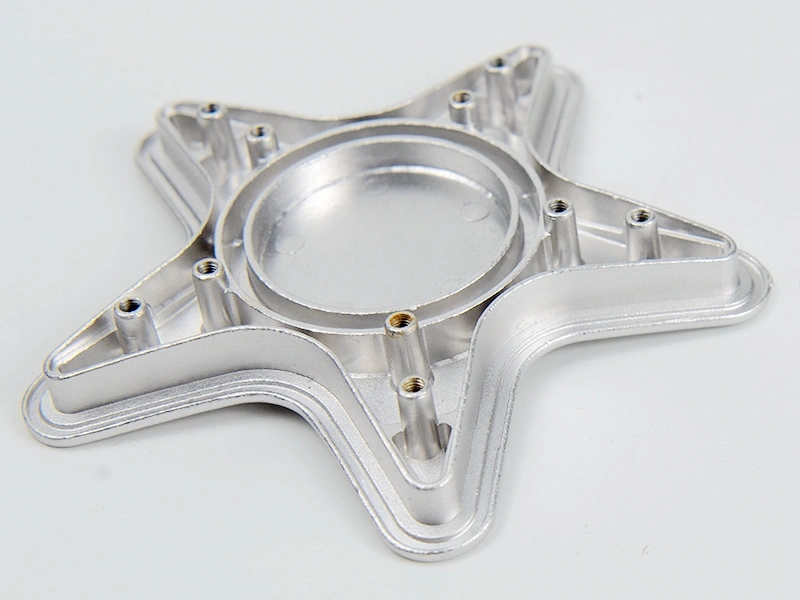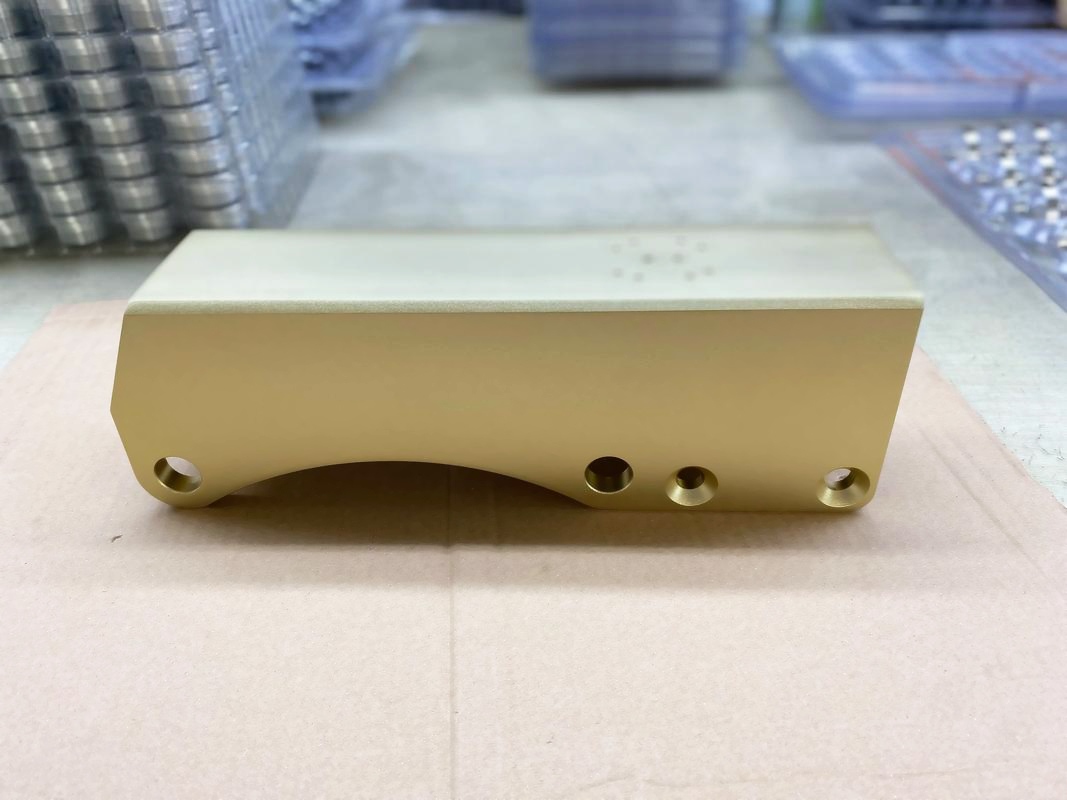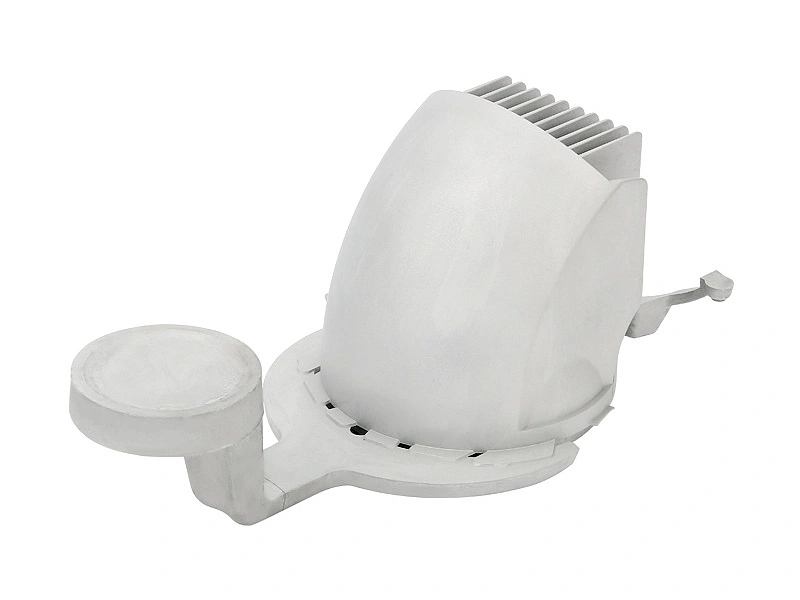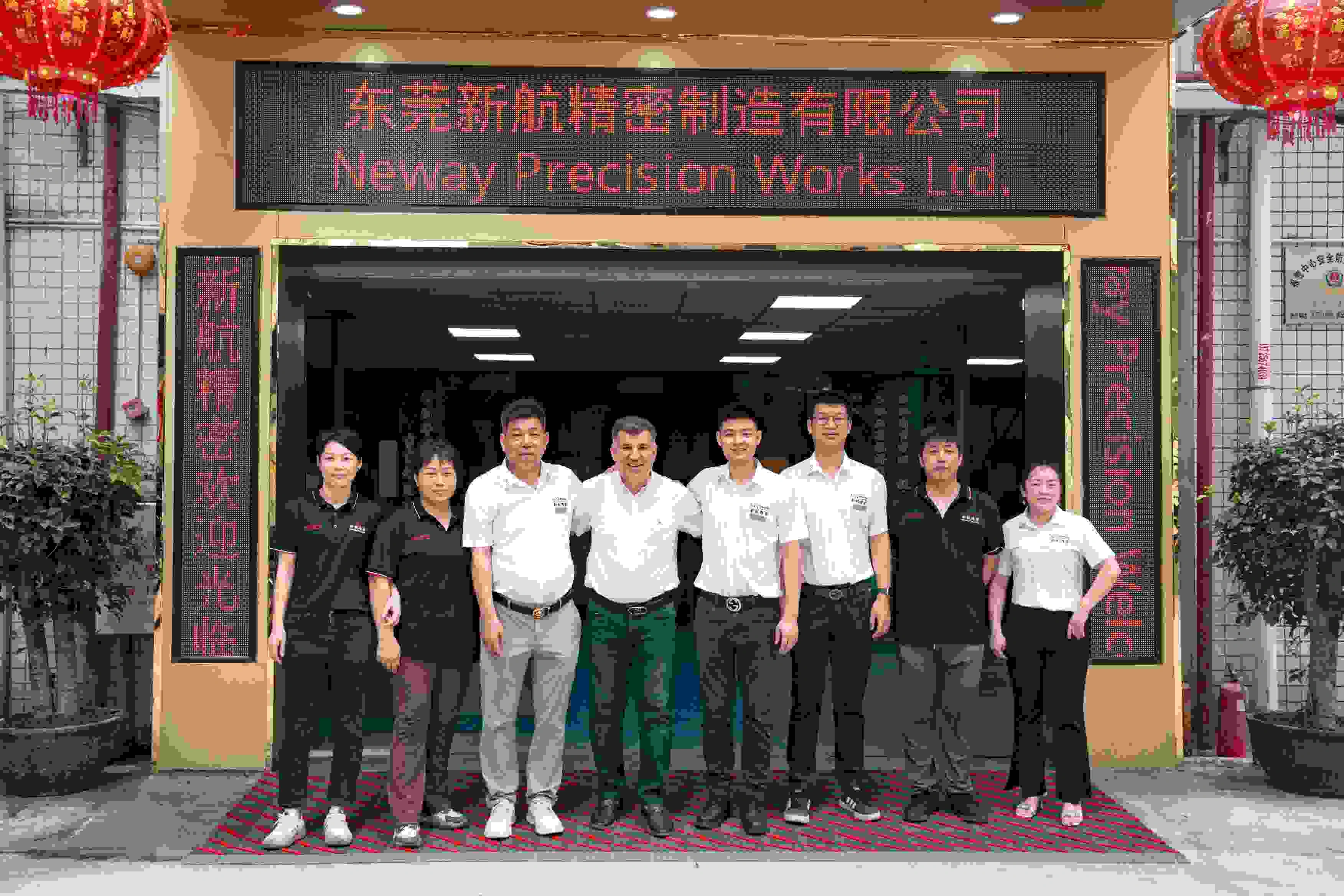How do die cast heat sinks compare to extruded versions in thermal performance?
Die Cast vs. Extruded Heat Sinks: A Thermal Performance Comparison
Overview of Heat Sink Manufacturing Methods
Heat sinks are critical in managing thermal loads in electronic and industrial systems. Two major manufacturing techniques—die casting and extrusion—offer distinct advantages based on geometry, material, and thermal performance. Understanding their differences is essential for engineering reliable and cost-effective thermal solutions.
Thermal Conductivity and Material Considerations
Die Cast Heat Sinks Die cast heat sinks, typically made from aluminum alloys like A360 or A380, have thermal conductivities ranging from 96–105 W/m·K, slightly lower than extruded versions due to silicon content and micro-porosity. However, they support highly complex geometries and integrated features that improve air flow and heat dissipation surface area.
Extruded Heat Sinks Extruded heat sinks use 6000-series aluminum (such as 6063 or 6061), offering thermal conductivities around 200–210 W/m·K. These are better for applications where maximizing pure thermal transfer is critical. However, extrusions are limited in fin spacing, directionality, and complex design integration.
Design Flexibility and Performance Optimization
Die casting allows intricate geometries like pin-fin or multi-directional fin arrays that are impossible with extrusion. This enables improved convection and enhanced heat dispersion despite lower base conductivity. Extrusions, while limited in design, are ideal for linear heat flow and consistent performance under steady thermal loads.
The following table compares the two:
Feature | Die Cast Heat Sinks | Extruded Heat Sinks |
|---|---|---|
Thermal Conductivity | ~96–105 W/m·K | ~200–210 W/m·K |
Design Flexibility | High (complex, multi-directional features) | Limited (linear, uniform cross-sections) |
Integration Capability | High (mounts, EMI shielding, housing) | Low (requires secondary operations) |
Surface Area Efficiency | Excellent (dense pin-fin, curved designs) | Moderate (straight fins, larger spacing) |
Production Volume Fit | Best for medium to high-volume production | Suited for lower to medium-volume needs |
Practical Application Considerations
For applications such as enclosed electronics, automotive lighting, or high-power modules where design complexity and integration are key, die cast aluminum heat sinks are more effective overall. When thermal conductivity is the absolute priority, extruded sinks with post-machined surfaces may still be preferred.
How Neway Enhances Heat Sink Manufacturing
Neway offers end-to-end support for high-performance thermal management parts through advanced aluminum die casting services, along with expert tool and die design and post-machining capabilities to ensure accurate surface finishes and thermal interfaces. We also provide anodizing to enhance corrosion resistance and emissivity for thermal applications.



